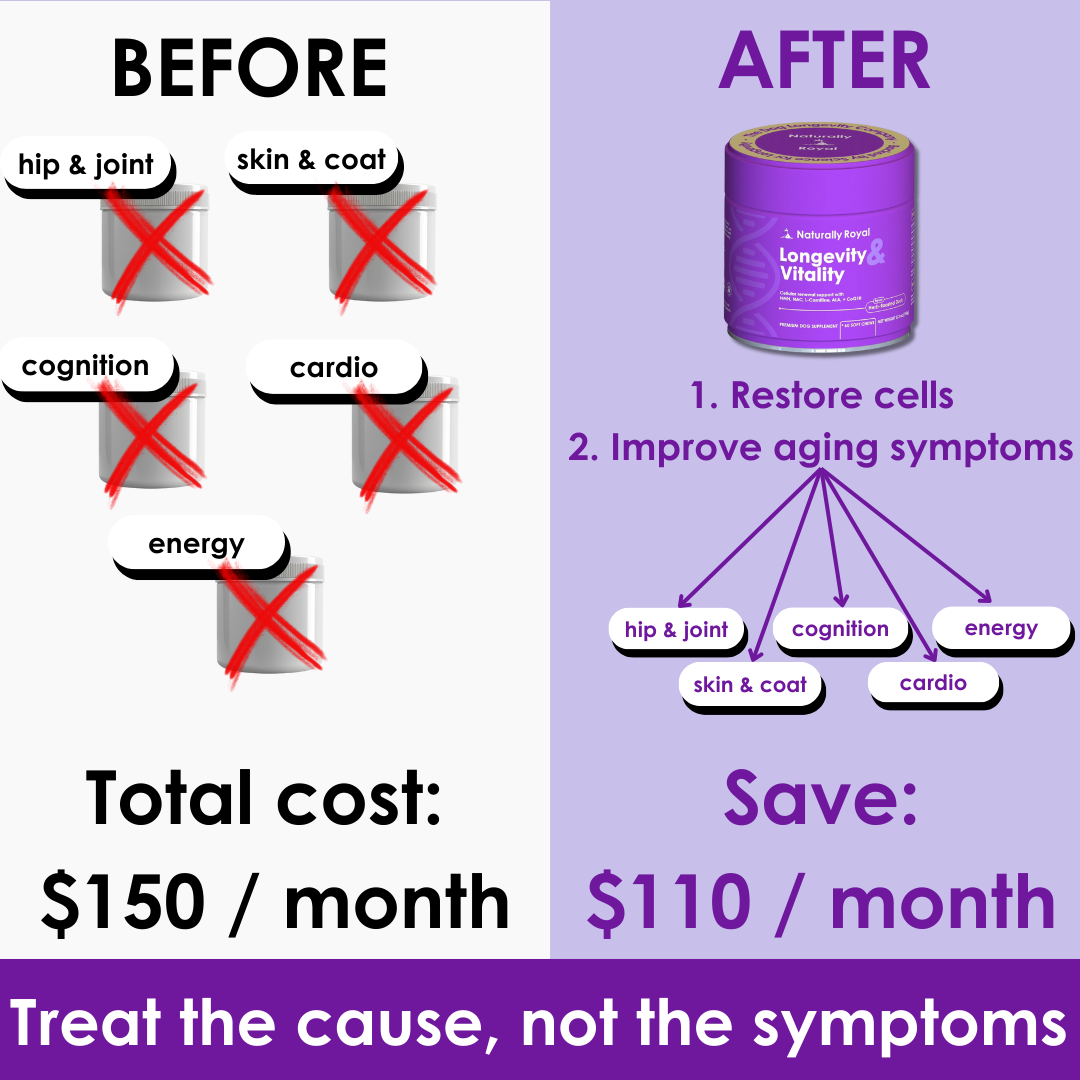How Often Should I Walk My Dog?
Walking your dog is a fundamental part of pet care, contributing not only to their physical health but also to their mental well-being. However, determining the right frequency and duration of walks can depend on several factors, including your dog’s breed, age, health status, and overall energy level. Let's 'walk' through understanding how often you should walk your dog, the ideal duration for these walks, and how these activities contribute to your dog’s longevity:
Understanding Your Dog's Needs
Before diving into specifics, it’s essential to recognize that not all dogs are the same. The appropriate frequency and duration of walks can vary significantly based on factors such as breed, size, age, and health conditions.
-
Breed and Size: High-energy breeds like Border Collies, Siberian Huskies, and Jack Russell Terriers require more frequent and longer walks compared to lower-energy breeds like Bulldogs or Basset Hounds. Larger breeds generally need more exercise, but this also depends on their specific energy levels.
-
Age: Puppies and younger dogs tend to have more energy and may require more frequent walks, though these should be shorter to protect their developing joints. Older dogs, while they may require less frequent walks, still need regular exercise to maintain muscle tone and joint flexibility.
-
Health Status: Dogs with certain health issues, such as arthritis or heart conditions, may need shorter, more gentle walks. Always consult your veterinarian to tailor a walking schedule that suits your dog’s health needs.
How Often Should You Walk Your Dog?
The general guideline for walking your dog is at least once a day, but twice a day is more beneficial for most dogs. Here’s a more detailed breakdown:
-
High-Energy Dogs: Breeds with high energy levels typically require two or more walks a day, with additional playtime or exercise sessions. These walks should be between 30 minutes to an hour each to help them burn off energy and stay mentally stimulated.
-
Moderate-Energy Dogs: These dogs do well with one or two walks per day. Each walk should last about 30 minutes. Dogs in this category might also benefit from varied activities like hiking or agility training.
-
Low-Energy Dogs: Breeds with lower energy needs may be satisfied with one short walk per day. Even so, these walks are important to maintain their health and prevent weight gain.
-
Puppies: Puppies have bursts of energy but also tire quickly. A good rule of thumb is five minutes of walking per month of age up to twice a day. For instance, a four-month-old puppy could go for a 20-minute walk twice daily.
-
Senior Dogs: Older dogs may not need as much exercise as they did when they were younger, but regular, short walks (15-30 minutes, once or twice daily) can help keep their joints flexible and their minds sharp.
Duration of Walks
The length of each walk is just as important as how often you walk your dog. Here are some general guidelines:
-
Short Walks (10-20 minutes): Ideal for small, low-energy, or senior dogs, short walks provide light exercise without overstressing their bodies.
-
Moderate Walks (20-30 minutes): Suitable for most dogs, moderate walks offer enough time to stretch their legs, explore their environment, and get some exercise.
-
Long Walks (30-60 minutes): Best for high-energy dogs, long walks allow them to burn off energy, keep their muscles toned, and maintain a healthy weight.
Longevity Considerations
Regular walking has a direct impact on your dog’s longevity. Here’s how consistent exercise contributes to a longer, healthier life:
-
Weight Management: Regular walks help prevent obesity, a major risk factor for various health issues like diabetes, joint problems, and heart disease. Maintaining a healthy weight is crucial for your dog’s longevity.
-
Joint and Bone Health: Regular, moderate exercise strengthens your dog’s muscles and supports joint health, reducing the risk of arthritis and other joint-related conditions as they age.
-
Mental Stimulation: Walks are not just physical exercise; they provide mental stimulation through new sights, smells, and social interactions. This mental engagement helps prevent cognitive decline in older dogs.
-
Heart Health: Regular cardiovascular exercise from walking strengthens your dog’s heart and lungs, improving their overall fitness and reducing the risk of heart disease.
-
Behavioral Benefits: Dogs that get regular exercise are less likely to develop destructive behaviors caused by boredom or excess energy. A well-exercised dog is often a happier, more well-adjusted dog.
Conclusion
The frequency and duration of walks are key components of your dog’s overall health and well-being. By tailoring a walking schedule to your dog’s specific needs, you can ensure they stay healthy, mentally stimulated, and physically fit throughout their lives. Regular walks are not just about exercise; they are an investment in your dog’s longevity, helping them live a longer, happier, and more fulfilled life by your side. Always consider your dog’s breed, age, and health status, and consult with your veterinarian to optimize their walking routine.
























